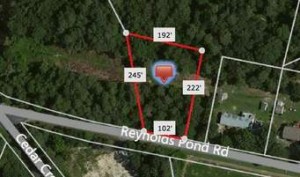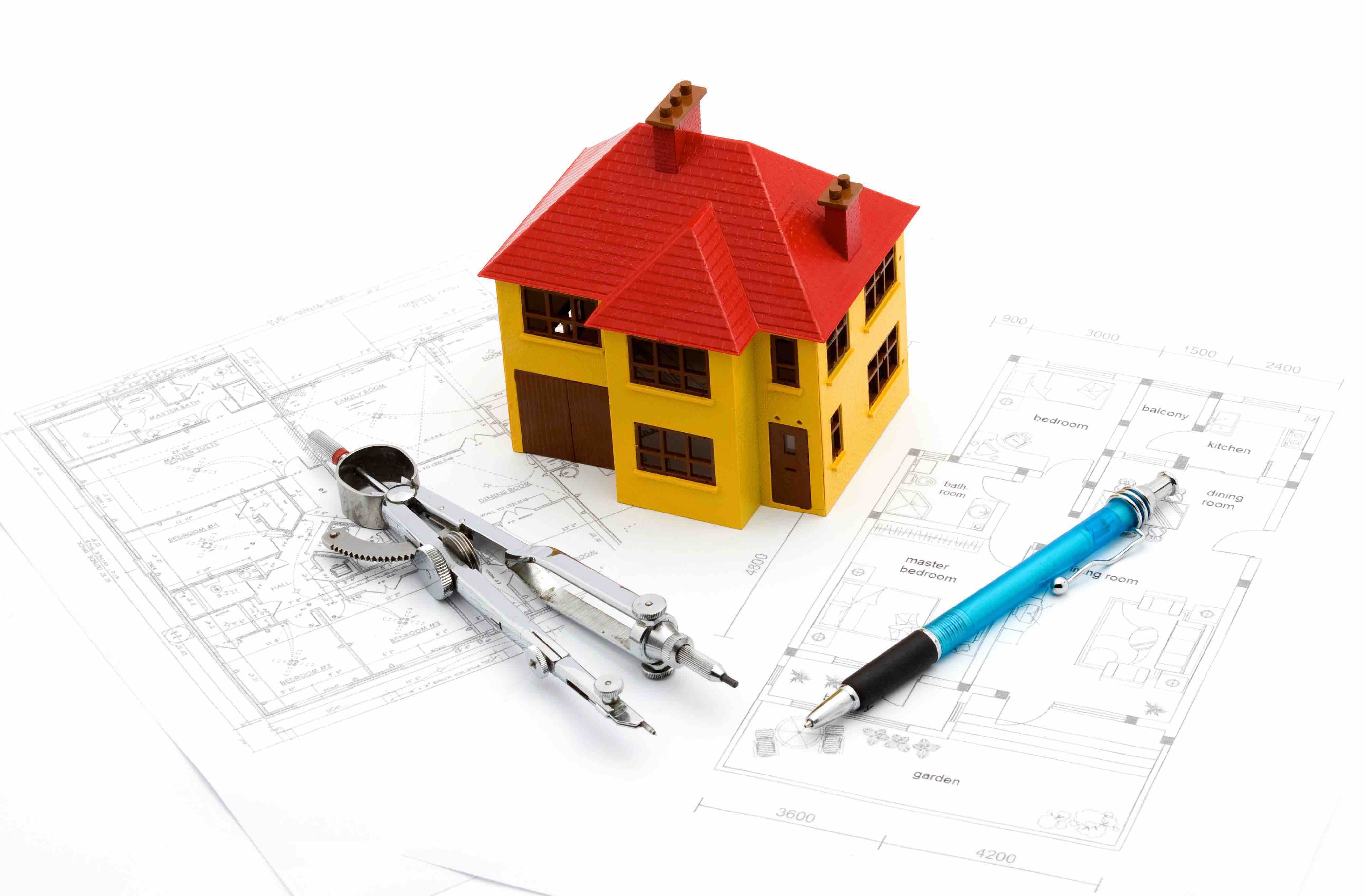Shortage of Building Lots
by Kimberly Hoffman
Are all of the good lots already taken? Builders are increasingly vocalizing concern over the limited amount of developed building lots available, which is greatly hindering their ability to ramp up construction. Builders say restrictive regulations, a shortage of financing for lot development, and buyers’ growing preference to live in or near cities – where there is little unused land left – are the main reasons behind the lot shortage problem. “It’s likely limiting the number of new homes for sale,” says David Crowe, chief economist of the National Association of Home Builders. What’s more, the tighter supplies are raising the costs to build homes. Earlier this year, 57 percent of builders reported the cost and availability of developed lots to be among their most significant problems this year – up from 46 percent who had rated it as a big issue in 2013, according to NAHB research. Finally, there’s less land in cities to build on. Builders say there are fewer available building lots in or near cities, partially due to stricter zoning laws, particularly for multifamily complexes.
8 Tips for Building Lots
- Decide your community style: Just like buying an existing home, think up front about the kind of community and location that suits your style. Whether you want sidewalks, bike paths, schools and shopping within walking distance or the nearest neighbor a mile away, no other path to home ownership gives you as many options as buying your own lot.
- Choosing a Builder: Buying your own building lot also means choosing your own builder…usually. Check out potential builders as much as you check out the property. Do you want a completely customized home, the convenience of choosing a stock plan or the choice of a builder in a traditional development? Or does your perfect lot come with a particular builder already attached?
- Check out the lot from satellite to street: This is really an area where technology is your best friend. From the satellite photos of properties you find right here on LotNetwork.com to Google Street View, you can see what’s two miles away as easily as what’s next door. That beautiful vacant lot for sale might be bargain priced because there’s a pig farm just down the road.
- Double check property conditions: You absolutely, positively have to do a site visit and walk the entire property. Putting the patio right there will be perfect for watching the sunset…if it’s not in a wetland. That “gentle stream” may become a raging river in a heavy rain. A big dead area with no grass might mean hidden environmental problems. Things can happen: We learned a $100,000 lesson when a seller failed to disclose the hidden oil tank on a property we bought for development.
- Confirm the status of infrastructure and utilities: Make sure there are no hidden fees for connecting to water and sewer. If you will need to install a septic system, make sure it passes a “perc test”, which measures the absorption rate of the soil where a proposed septic system will be installed. Is cable television and high-speed Internet a must? Do your homework.
- Review roads and access: You’re generally going to want land that fronts directly on or has vehicular access to a public road. If it doesn’t, make sure the proper easements and rights of way are in place.
- Research restrictions and site limitations: Check a property’s use restrictions to ensure you can use the site and build the home the way you want. Restrictive covenants, HOA rules, historic districts and environmental conditions like wetlands all affect your use of a property. Check out restrictions related to front and side setbacks – we know a guy who had to seek a special exemption from the county because the builder put the house 18 inches too close to the road.
- Work with professionals: Your brother-in-law is a great guy, but unless he’s also a buyer’s real estate agent or broker with experience and expertise in representing BUYERS of residential property don’t completely trust his advice. If possible, have your builder or architect involved before committing to a lot or land.








Leave A Comment